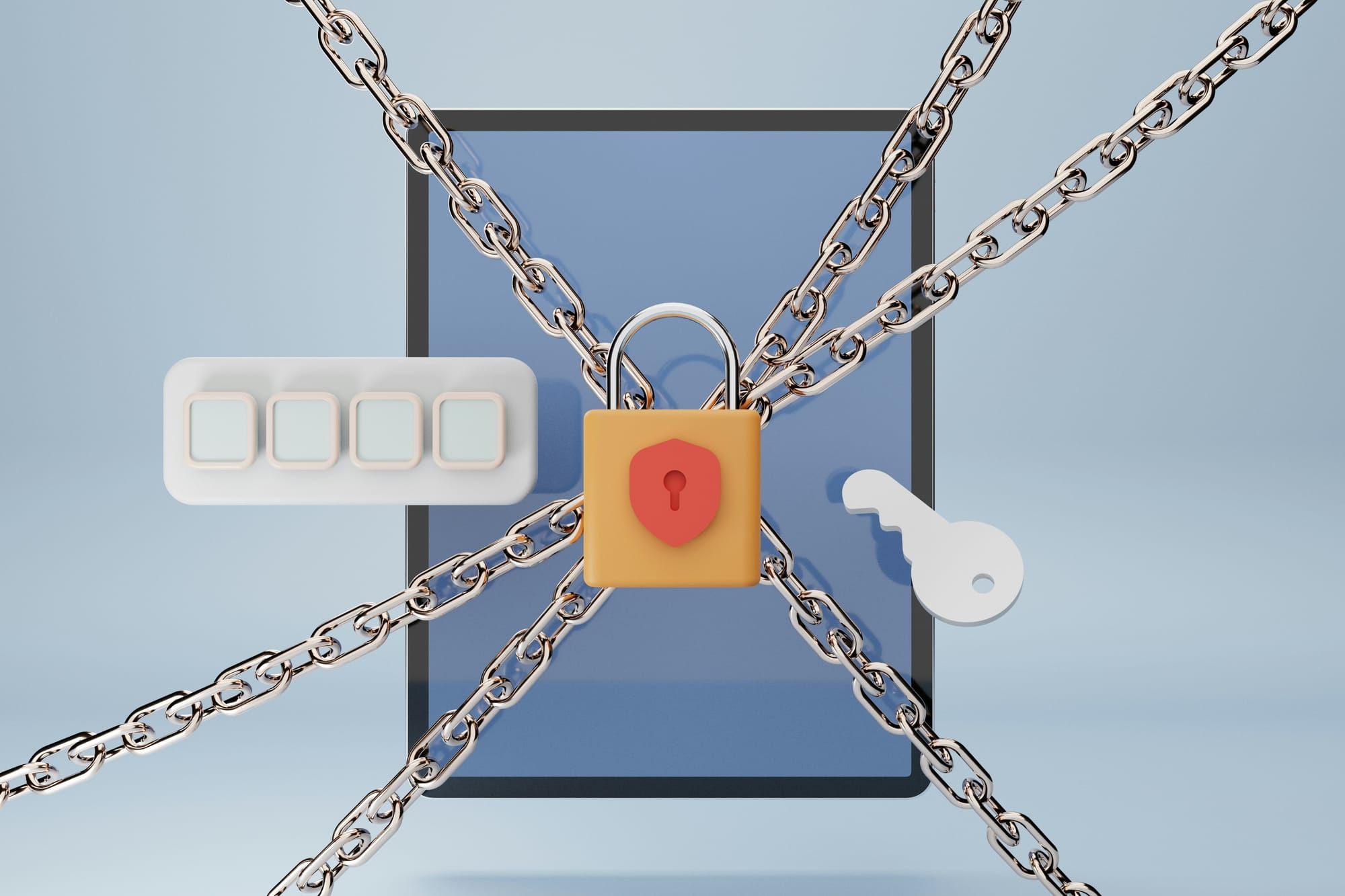Cybersecurity Awareness Month: Five Topics to Teach Students About Internet Safety
This month presents a perfect opportunity to integrate lessons on internet safety into your curriculum, no matter what subject you teach.

October is Cybersecurity Awareness Month—a time dedicated to promoting safe online practices and raising awareness about digital security threats. Whether it’s adding new activities or enhancing existing ones, teaching students how to stay safe online is more important than ever.
Youth today have grown up with technology at almost every stage of their life. This can lead to a misguided comfort towards technology when in reality, young users face unique risks online, such as cyberbullying, identity theft, and exposure to inappropriate content, which makes it even more critical to set a strong precedent with younger students early on.
Key Topics to Cover in Internet Safety Education: Activities and Resources
1. How to Protect Personal Information
Sharing sensitive information, such as a students’ full name, address, phone number, and school name online can put them and their families at risk of identity theft and attract unwanted attention.
Activity: Create a table of what qualifies as sensitive information, then pass it out to the class or write it on the white board. Invite the students to think of times in the past they might have accidentally shared too much information online and encourage them to maintain a little more mystery in their interactions.
Bonus Activity: Invite students to play through the first activity in Banzai’s free digital citizenship workbook (available digitally with any teacher account). This activity, titled Passwords and Privacy invites students to play the role of a hypothetical hacker and try to guess someone’s password using information they posted on a mocked up social media profile. This activity could also apply to the next topic as well.
2. How to Create Strong Passwords
Demonstrate how using a simple password like “12345” or “password” can make it easy for anyone to access accounts. Discuss the idea of utilizing secure password managers, which is an app or website that stores sensitive information for you so that you don’t have to remember it, to keep track of passwords, since multiple passwords can be difficult to remember.
Activity: Write examples of both strong and weak passwords and have students rate each one based on its strength. Next, encourage them to come up with a variety of their own passwords based on the general guidelines: at least 8 characters, a mix of letters, numbers, and symbols.
Bonus Activity: Internet Safety within the Digital Citizenship course helps students experiment with creating strong passwords. This course, as well as all other Banzai tools and resources, is free for teachers who sign up!
3. How to Recognize Scams and Phishing Attempts
Sharing personal information to anyone online—even if you think you know them—can be a huge risk. Scams and phishing attempts are increasingly targeting younger audiences through free giveaways, fake job offers, and other deceptive tactics.
Activity: Share examples of common scams and how students can identify suspicious messages, emails, or links. Provide examples of red flags such as poor grammar, requests for personal information, or too-good-to-be-true offers, so students can discuss them with each other and be more careful when interacting with potential deals online.
Handout: Feel free to download, share or use this Legitimate or Phishing infographic to help students differentiate between what’s a red and green flag.
Bonus Activity: Have students think through times they or their parents may have received a scam email or deal. Then have them use Banzai’s free Scam Checker Coach as a fun way to explore those scams and see how dangerous they really were.
4. How to Practice Responsible Social Media Habits
It’s important to teach students about privacy settings, controlling who can see their posts, and being mindful of what they share. Everyone that posts or interacts online leaves a “digital footprint.” Make sure to emphasize the long-term impact of how their digital footprint can affect future opportunities, such as college admissions or job prospects, and even more dangerous online interactions.
Activity: Invite students to analyze what they’ve been up to on social media for the last month or so. Ask them to journal their past and future interactions with the goal of establishing and maintaining mindful actions. Invite them to present on what they learned after a scheduled time-frame.
Bonus Activity: Invite students to play through the Banzai Digital Footprint course to get more familiar with how a digital footprint is left and tracked online. (This course is available when you sign up for free at banzai.org/signup).
5. How to Handle Cyberbullying and Negative Interactions
Equip students with the tools to respond to cyberbullying, whether they’re the target, a bystander, or even the bully. Create a supportive environment that encourages kids to document and share abusive online behavior.
Activity: Invite students to play through Banzai’s Cyberbullying course, where teens learn the damaging effects of cyberbullying while exploring ways to be respectful online and cope with rude or harmful situations.
Provide Resources for Parents and Guardians
Promoting secure online interactions in students is a battle fought on two ends: both in school and at home. Since parents and guardians play a critical role in reinforcing internet safety habits, remember to share tips, start conversations, and provide resources to parents that they can use to continue the dialogue about online safety at home.